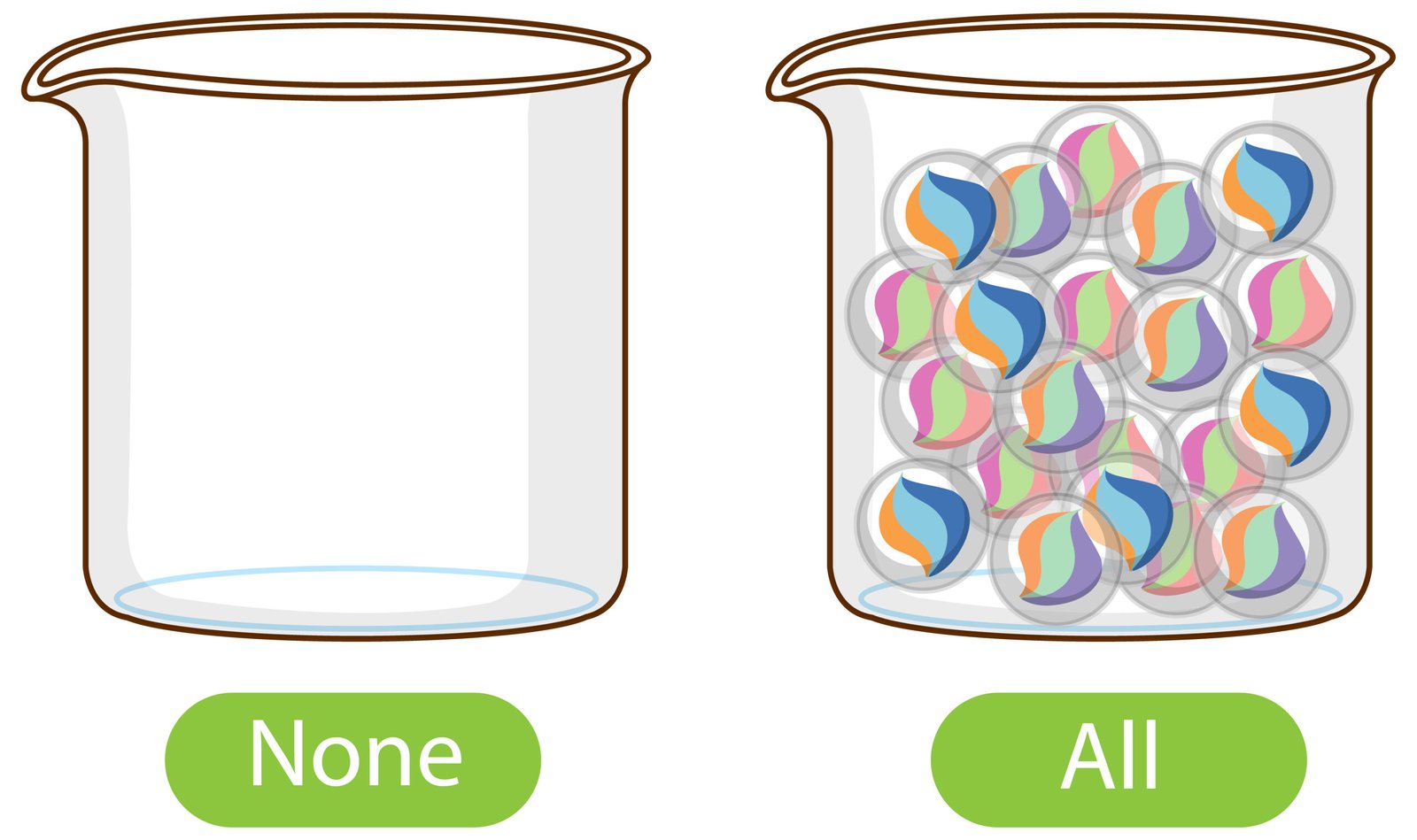As aspiring pharmacists prepare for the North American Pharmacist Licensure Examination (NAPLEX), a thorough understanding of medication conversions becomes essential. One of the most common conversions pharmacists encounter is from milliliters (ml) to ounces (oz). Given that precision in medication dosing can directly impact patient safety and care, mastering this skill is vital. This article will explore the conversion process, practical applications, rounding rules, and importance in the context of the NAPLEX.
The Importance of Measurement Units
In pharmacy practice, accurate measurement is critical. Understanding both metric and customary systems is essential for effective medication management. The two primary units of volume that pharmacists often encounter are:
Milliliters (ml): A metric unit that is widely used in pharmacology. One milliliter is equivalent to one cubic centimeter (cc) and is commonly used for liquid medications.
Ounces (oz): A unit of volume in the customary system, predominantly used in the United States. One fluid ounce is approximately 29.5735 milliliters but is often rounded to 30 ml for simplicity.
Conversion of Milliliters to Ounces
To convert milliliters to ounces, pharmacists can use the following conversion factor:
1 oz ≈ 30 ml
This conversion is essential in practice, particularly when dealing with liquid medications where dosages may be prescribed in either milliliters or ounces.
To convert milliliters to ounces, the formula is as follows:
\text{Ounces} = \frac{\text{Milliliters}}{30}
For example, if a prescription calls for 90 ml of medication, the conversion to ounces would be:
90 \, \text{ml} \div 30 \approx 3 \, \text{oz}
Rounding Rules
When working with measurements in pharmacy, especially during the NAPLEX, it is important to follow rounding rules to ensure proper dosing. Here are some general rounding guidelines to consider:
1. Nearest Half-Ounce: In pharmacy practice, it is common to round to the nearest half-ounce when dealing with fluid medications. This helps simplify dosing and minimizes waste.
For example:
1.2 oz rounds to 1 oz
1.5 oz remains 1.5 oz
1.7 oz rounds to 2 oz
2. Exact Measurements: In critical situations where precise dosing is required, pharmacists may avoid rounding to ensure that patients receive the exact amount of medication prescribed.
3. Decimal Handling: If the calculated ounces yield a decimal, refer to the rounding rules. For example, if you get a result of 0.9 oz, it would round down to 0.5 oz.
Practical Applications in Pharmacy Practice
Understanding how to convert milliliters to ounces is not only crucial for the NAPLEX but also for real-world pharmacy practice. Here are some scenarios in which this knowledge is applied:
1. Prescriptions and Compounding: When compounding medications, pharmacists often encounter prescriptions written in milliliters. They must convert these measurements into ounces to dispense accurately, especially when using dispensing tools calibrated in ounces.
2. Patient Education: Pharmacists play a vital role in educating patients about their medications. Providing guidance on how to measure liquid medications at home may require them to explain conversions between milliliters and ounces, especially if patients are more familiar with one system.
3. Dietary Supplements: In some cases, dietary supplements or nutritional products may list dosages in ounces. Pharmacists may need to convert these to milliliters when advising patients or entering the data into pharmacy management systems.
4. Emergency Situations: In emergencies, quick conversions can be crucial. Being adept at converting and rounding can save valuable time when delivering urgent medications.
Importance in the NAPLEX
For those preparing for the NAPLEX, understanding how to convert and round milliliters to ounces is essential for several reasons:
1. Patient Safety: Accurate dosing is critical for ensuring that patients receive the correct amount of medication. Miscalculations can lead to adverse effects or treatment failures.
2. Regulatory Compliance: Pharmacists must adhere to legal standards regarding the dispensing of medications. Accurate measurements are necessary for compliance with regulatory requirements.
3. Professional Competence: Demonstrating proficiency in medication conversions showcases a pharmacist’s capability and professionalism. It builds confidence among colleagues and patients alike.
4. Exam Performance: The NAPLEX includes calculations and conversions, making it essential for candidates to be familiar with these concepts to perform well on the exam.
Common Mistakes to Avoid
While converting milliliters to ounces, pharmacists must be aware of common pitfalls:
1. Forgetting to Round: Always apply rounding rules when necessary to ensure proper dosing.
2. Using Incorrect Conversion Factors: Familiarize yourself with the correct conversion factor (1 oz ≈ 30 ml) to avoid errors.
3. Neglecting Patient Context: Always consider the patient’s situation and the context of the medication to ensure appropriate dosing.
Conclusion
In summary, understanding how to convert milliliters to ounces is an essential skill for pharmacists, particularly in preparation for the NAPLEX exam. Mastering this conversion not only aids in passing the examination but also enhances pharmacy practice by ensuring patient safety, compliance, and professional competence. As you study for the NAPLEX, focus on practicing these conversions and rounding rules to approach your exam and future career with confidence. By refining this skill, you will be better equipped to serve patients and contribute positively to the healthcare team.
